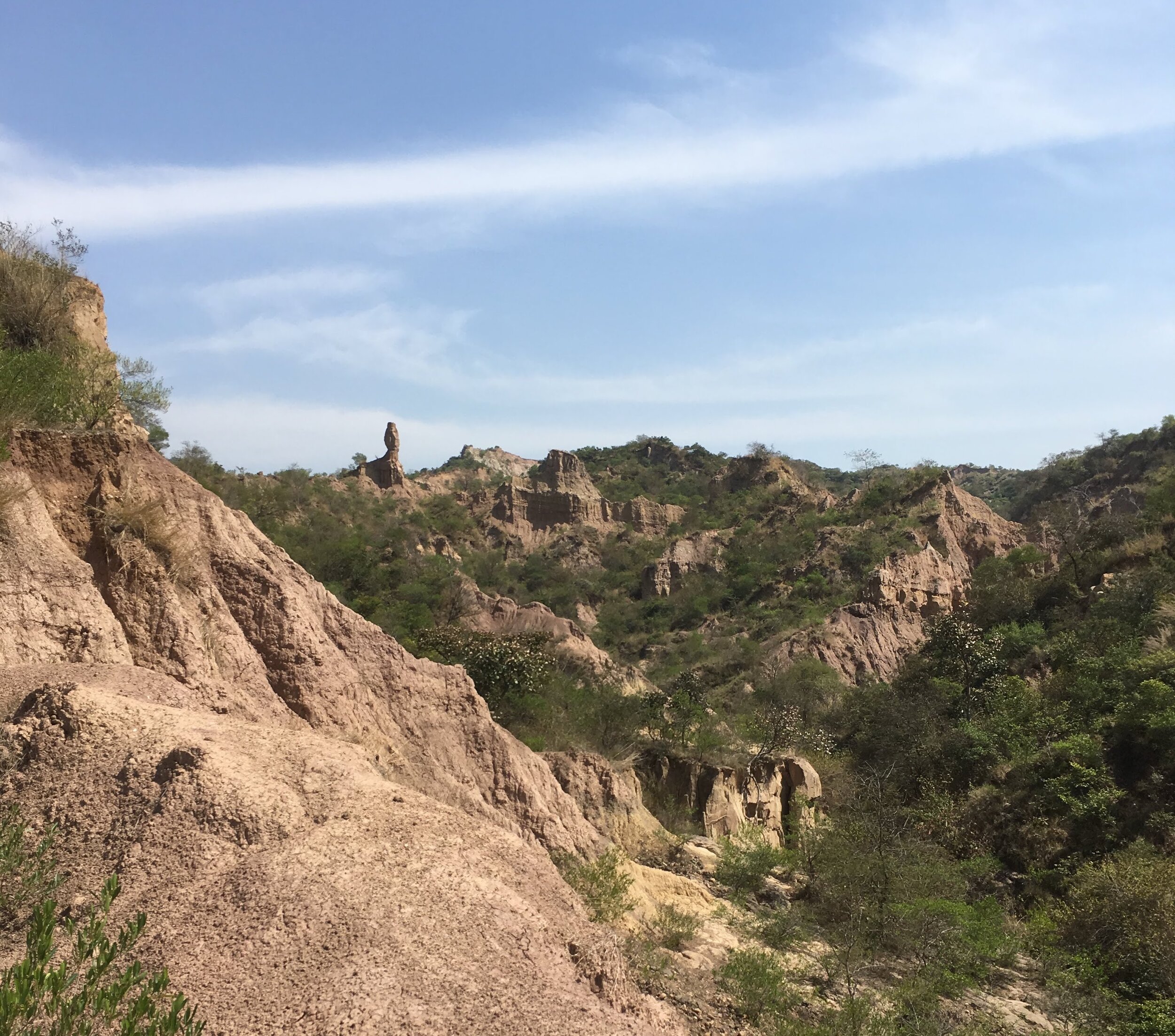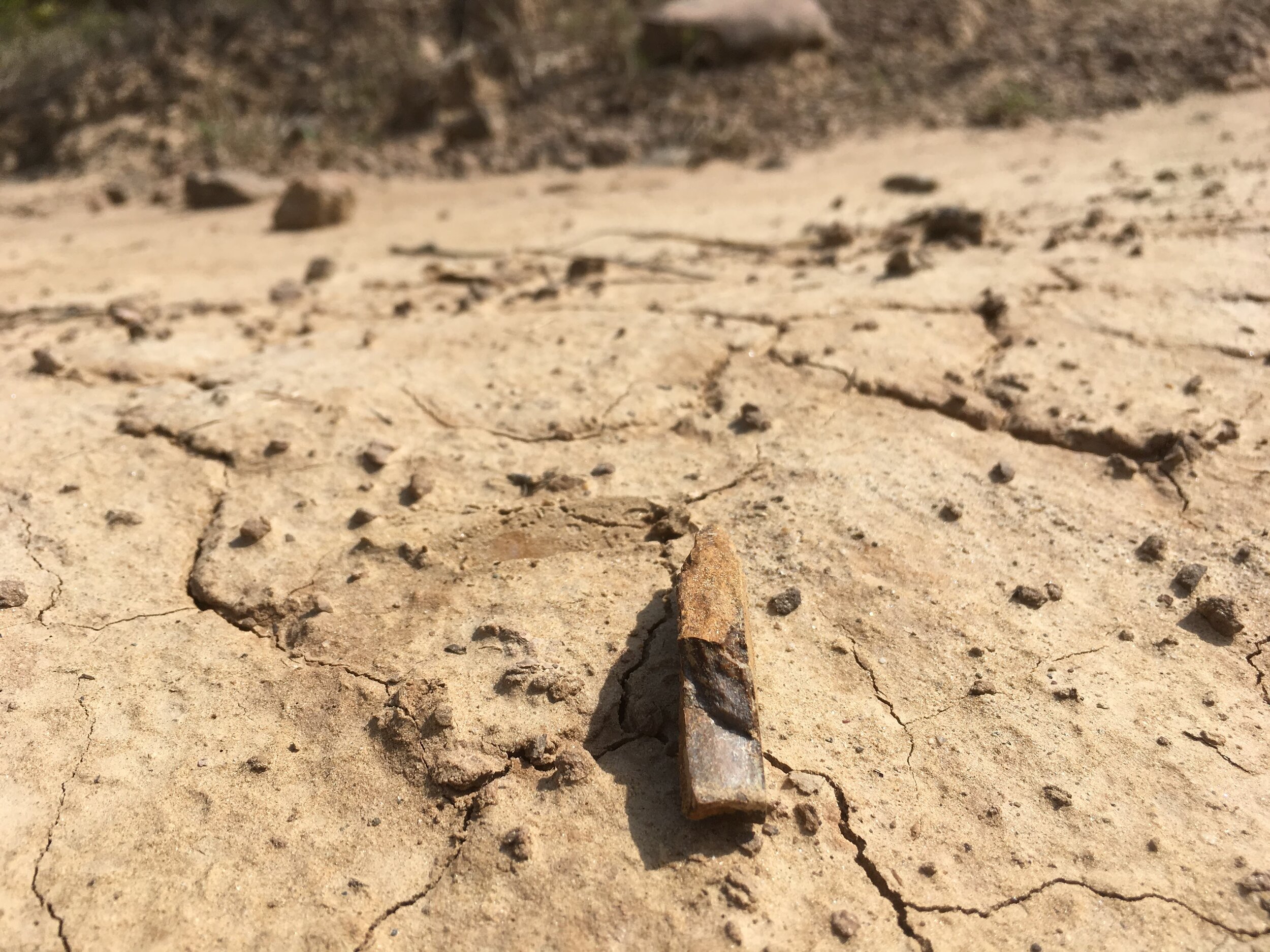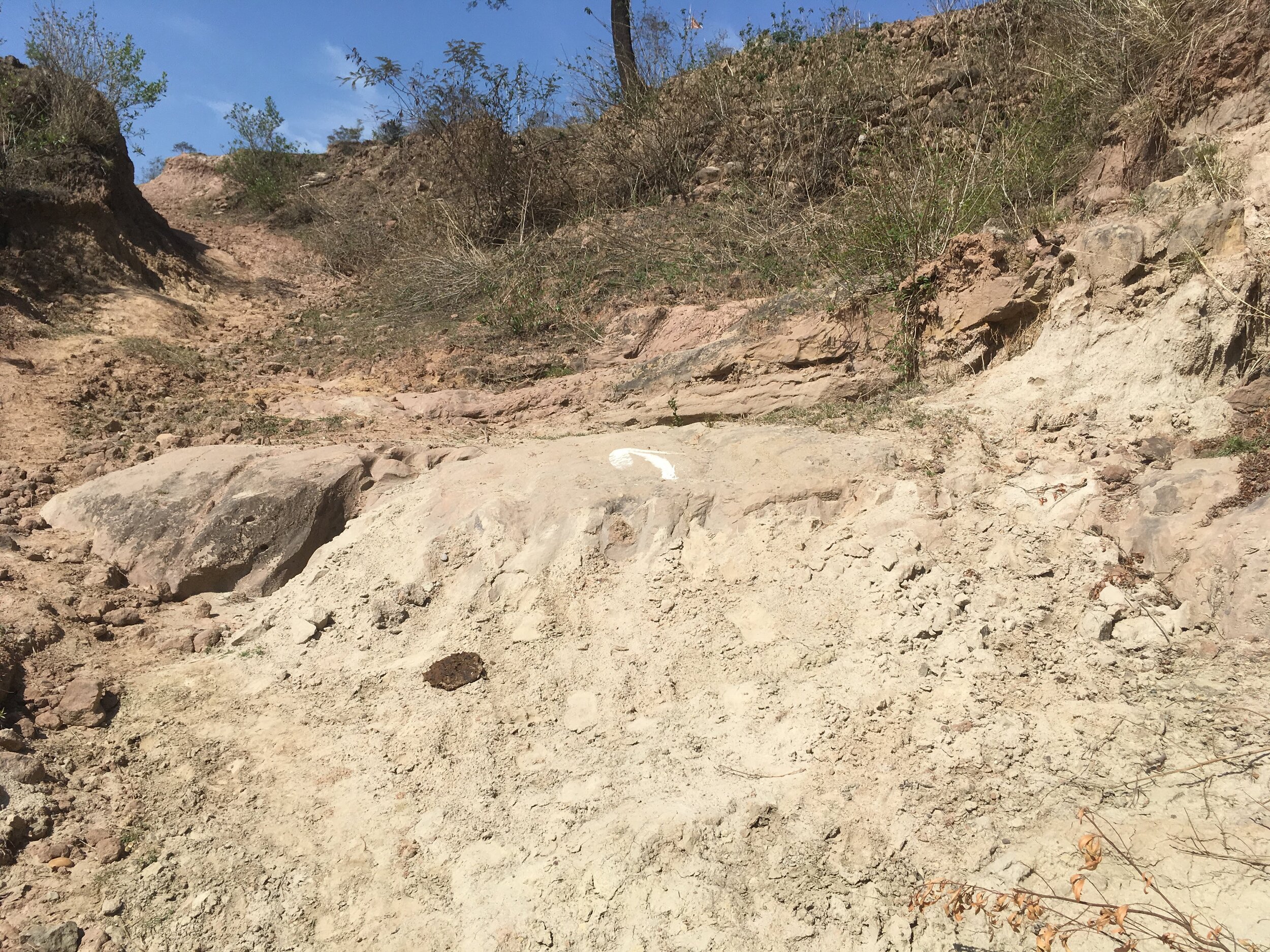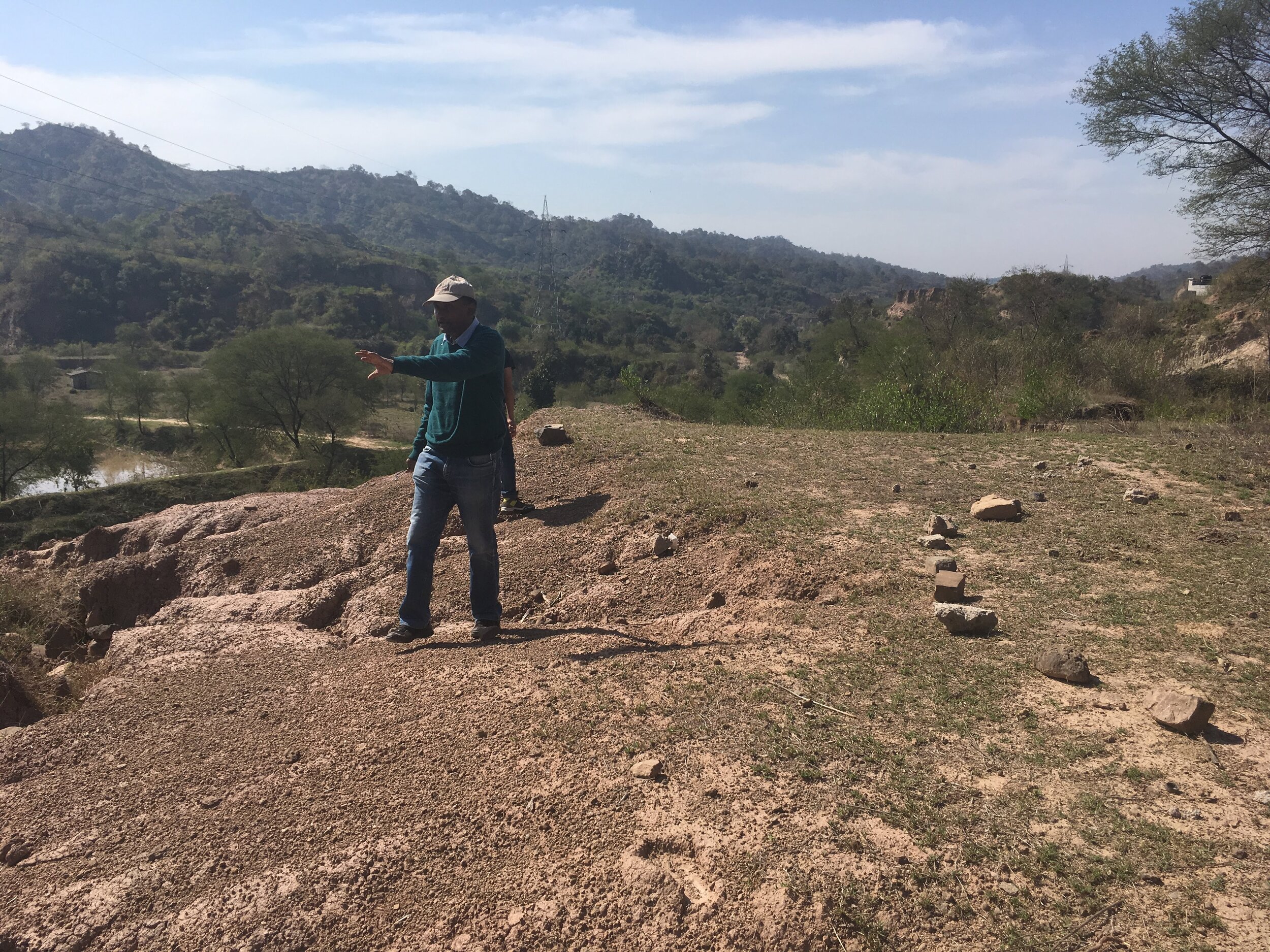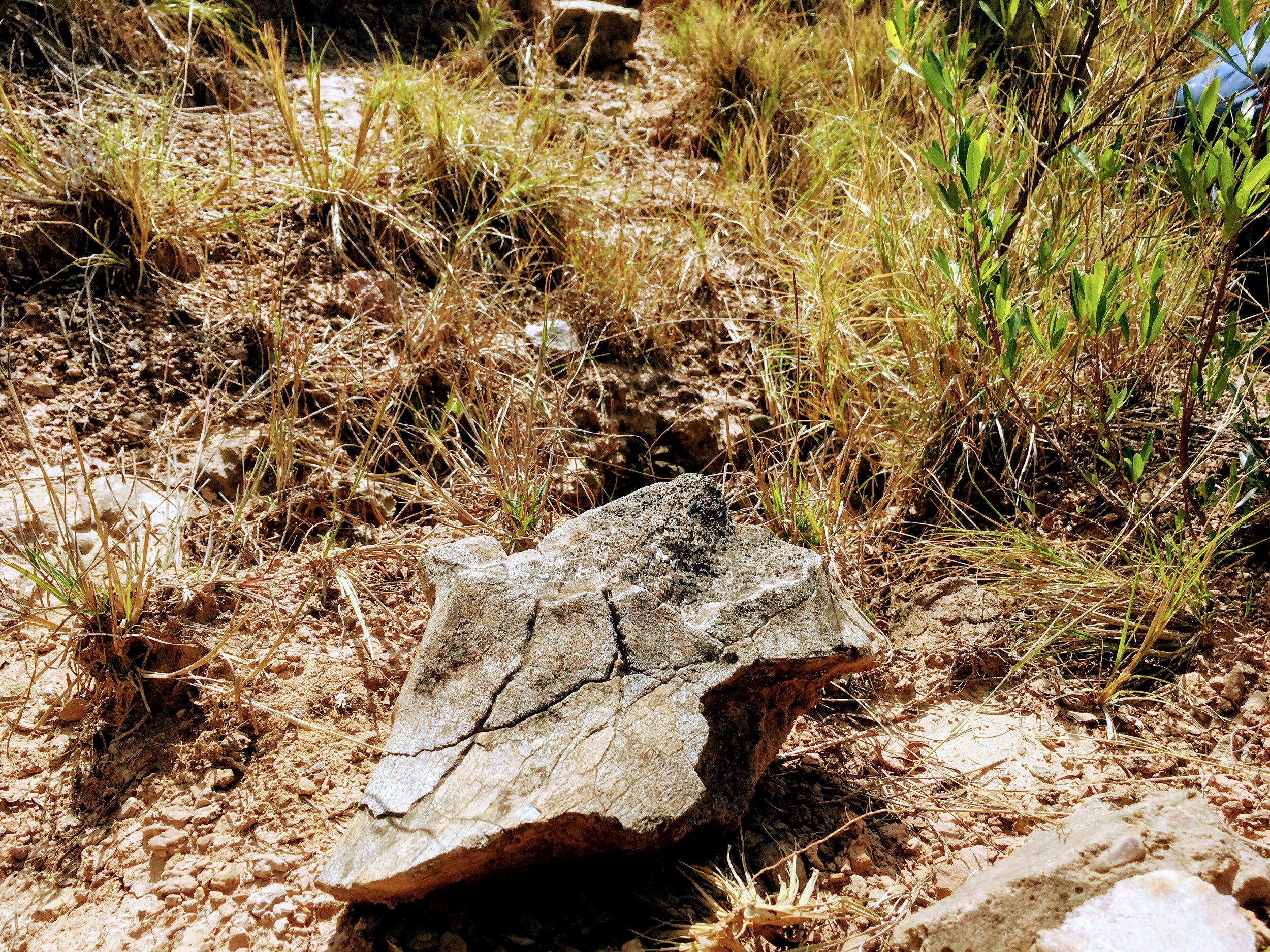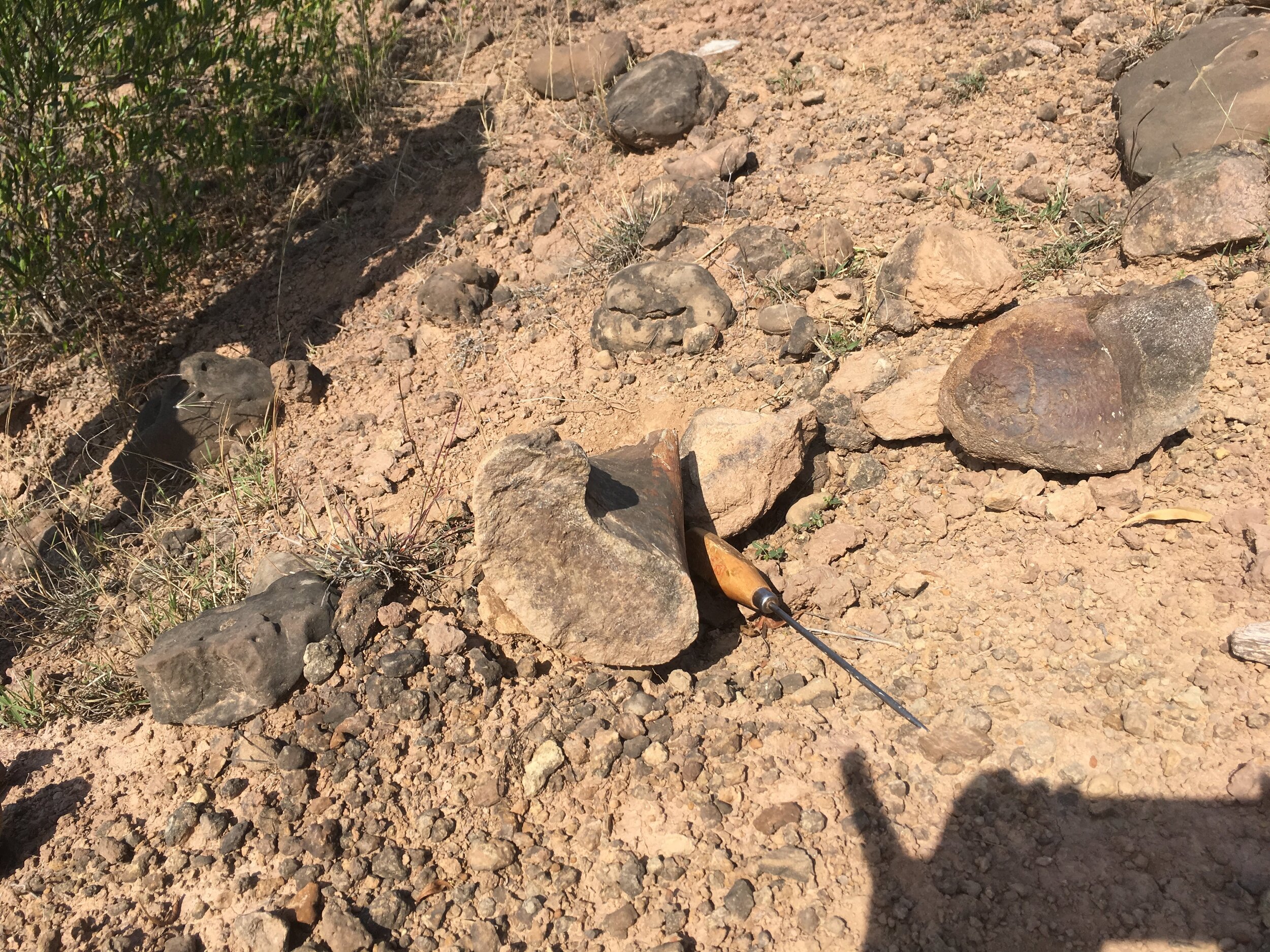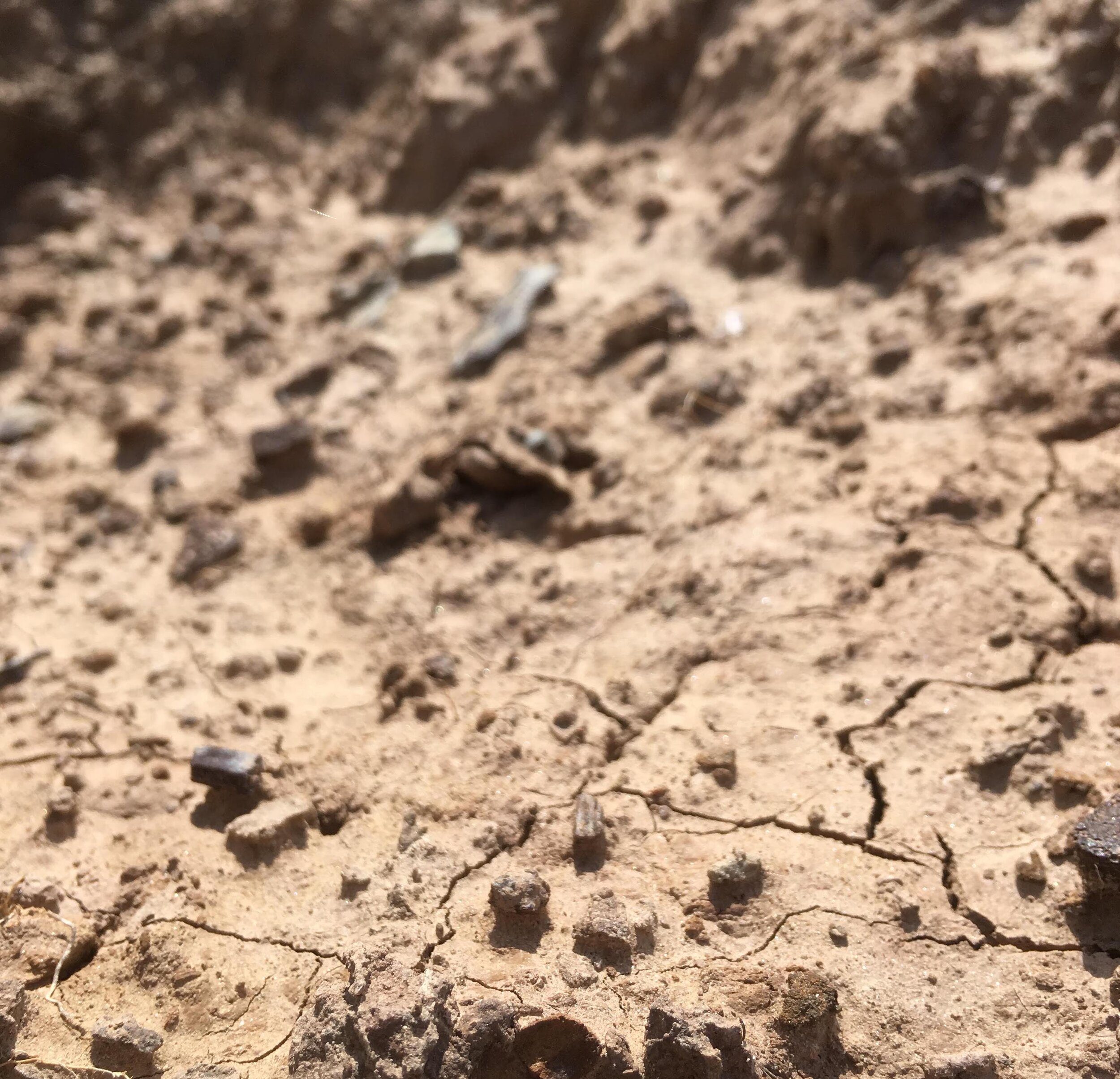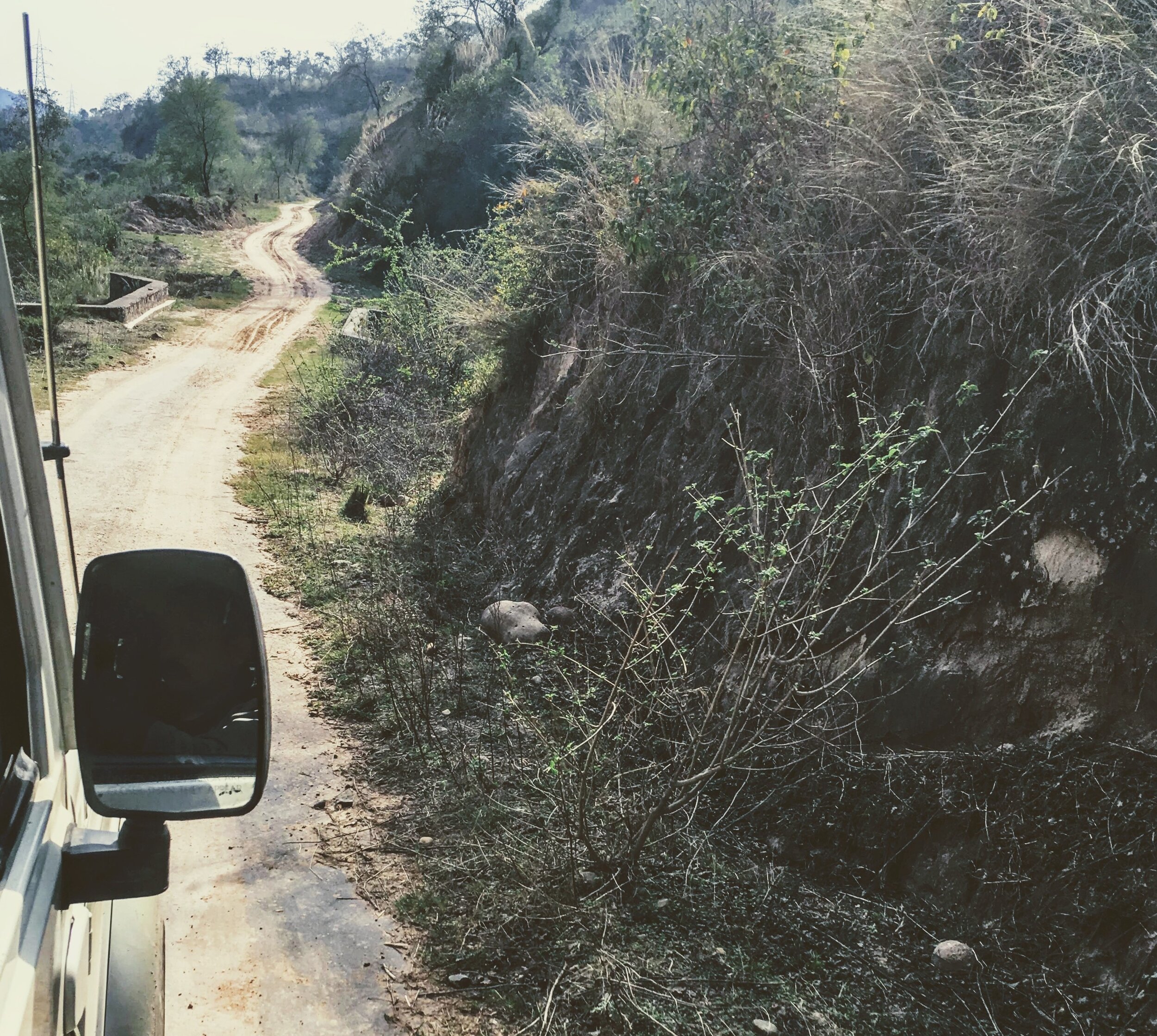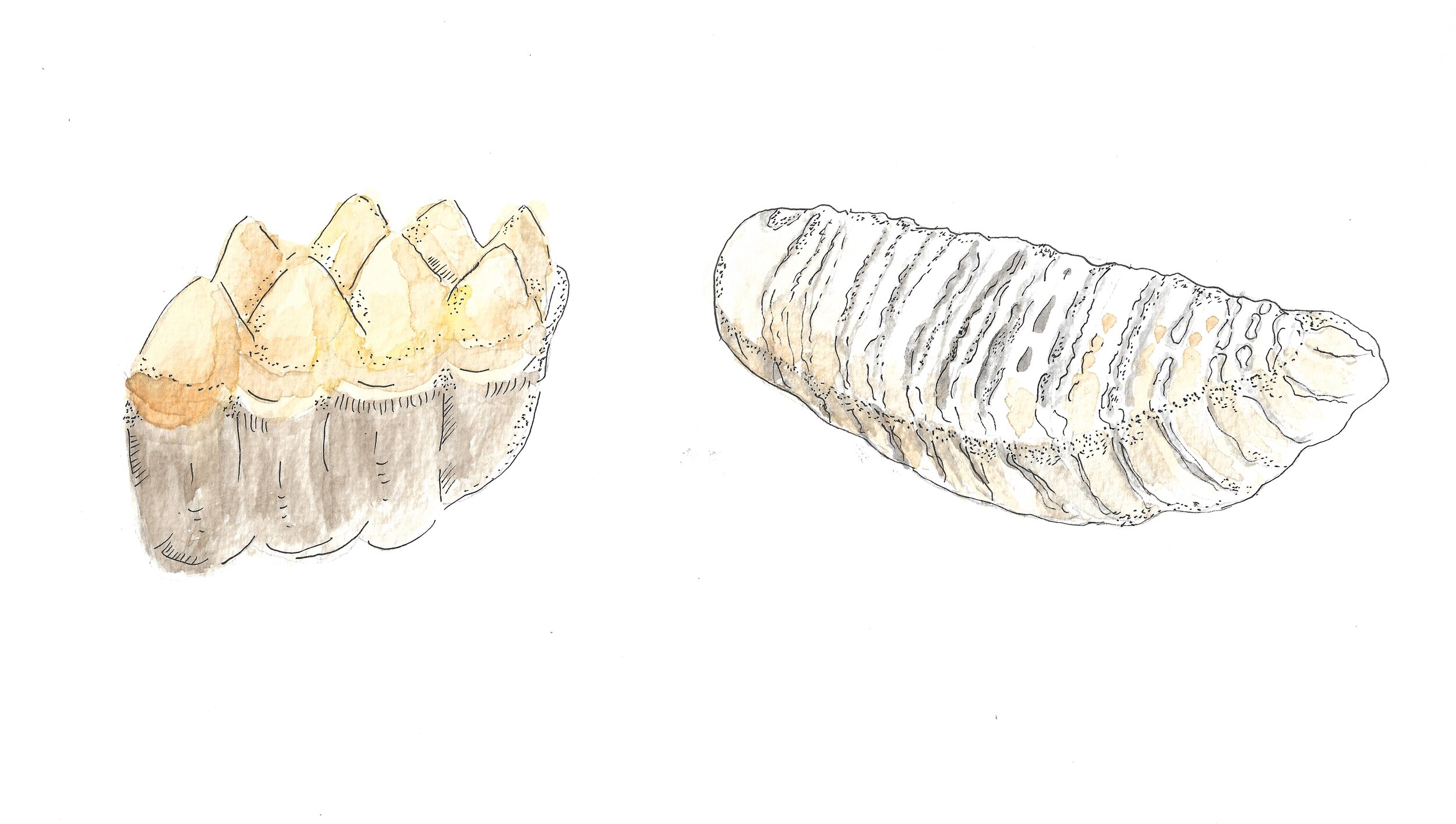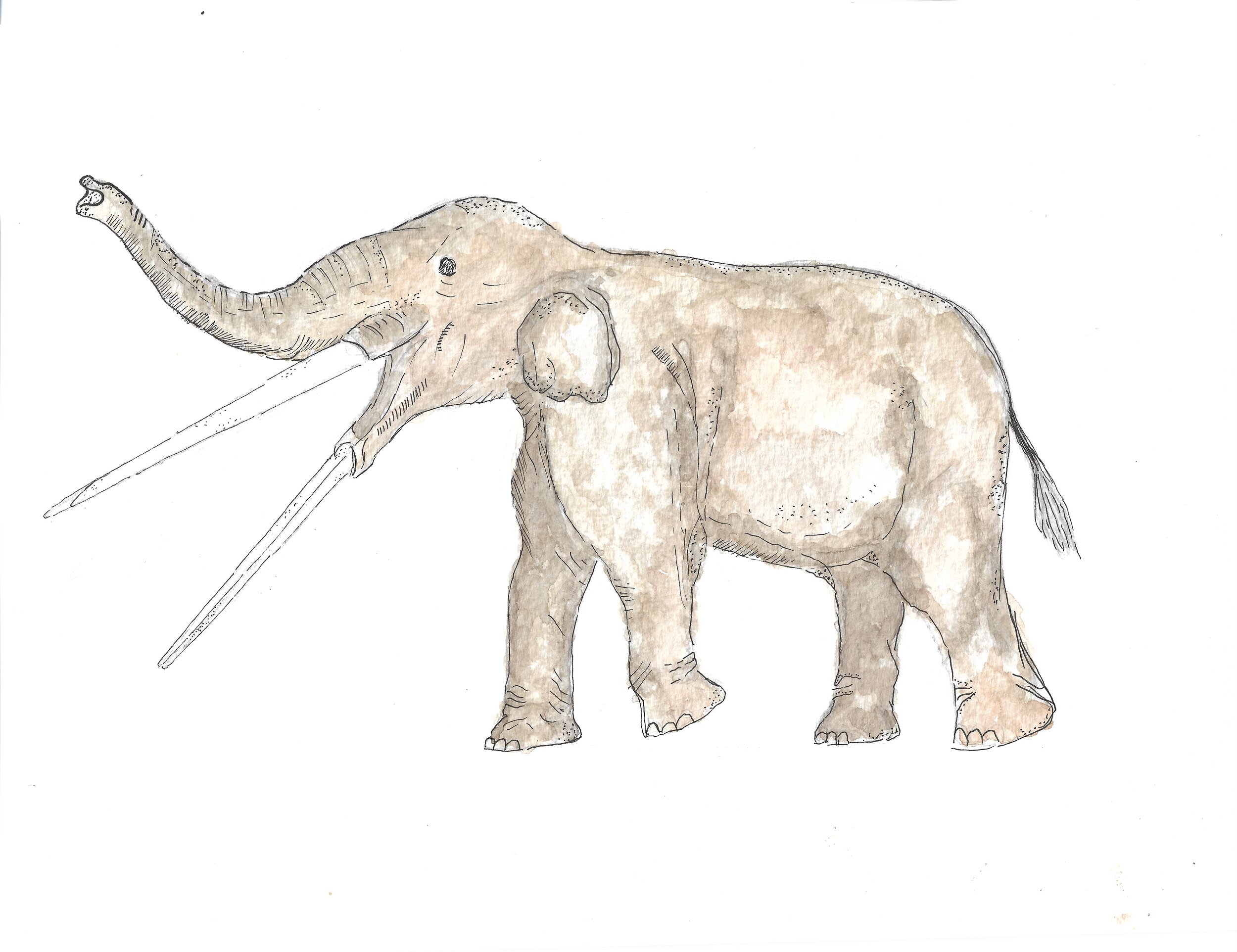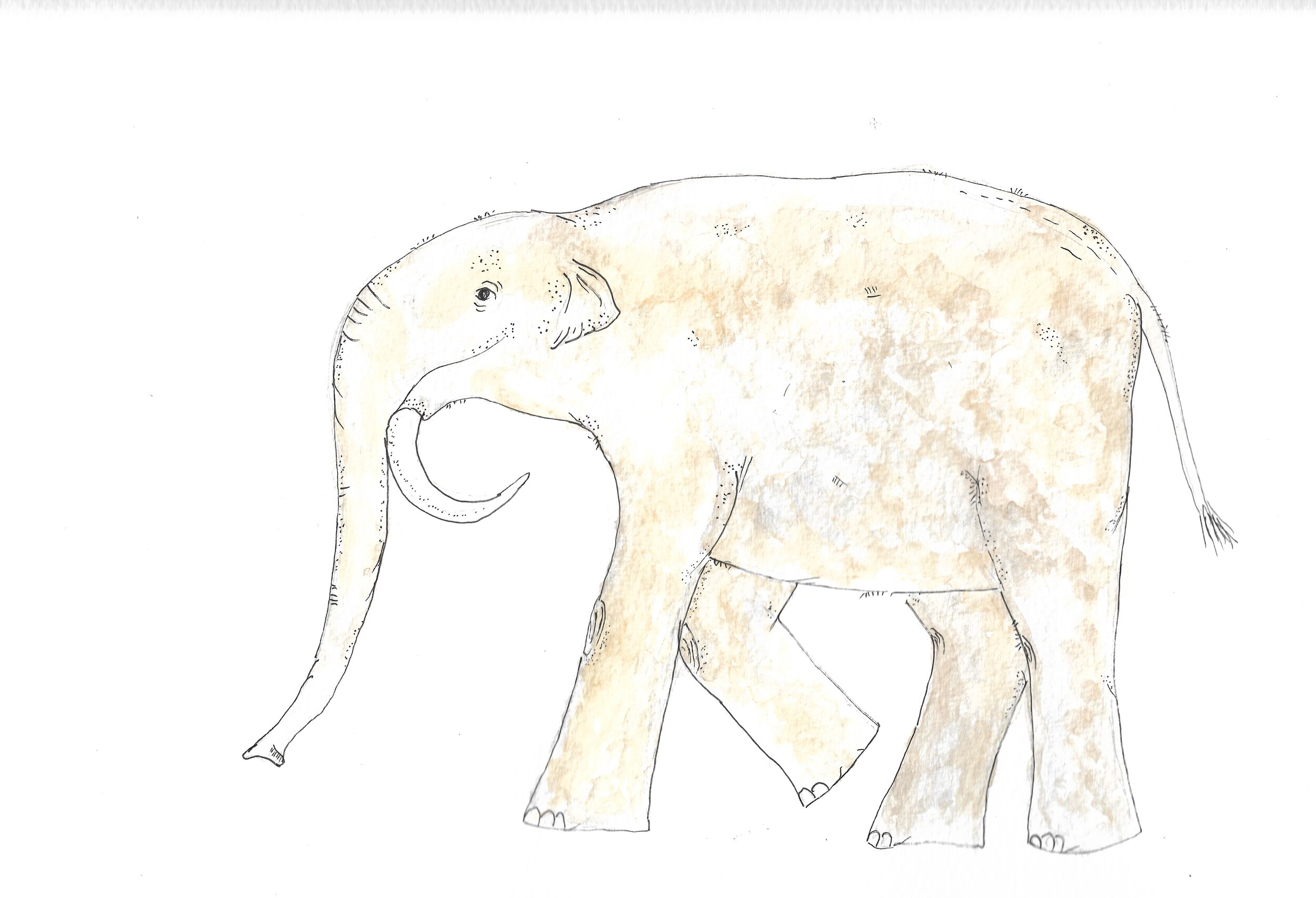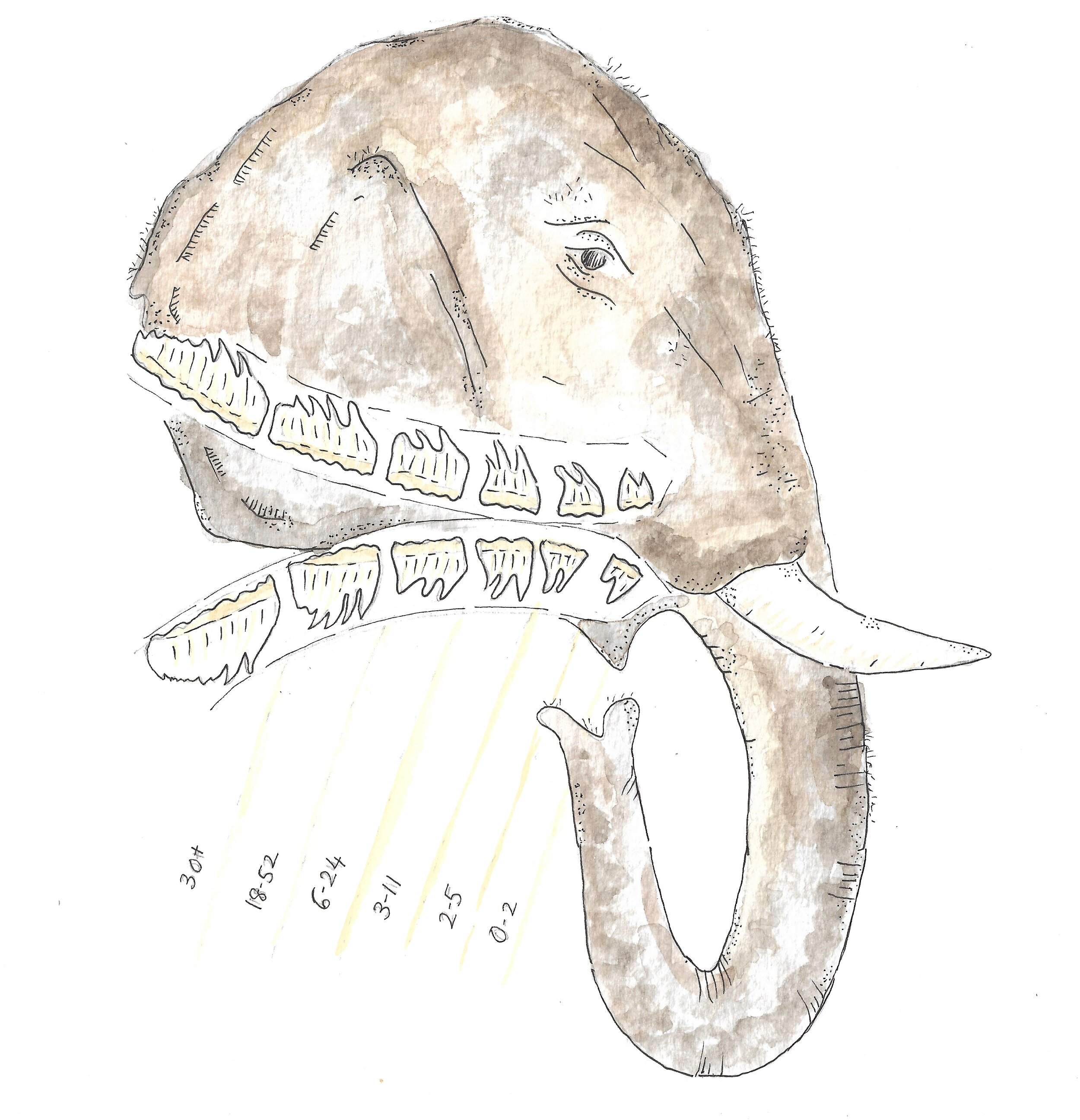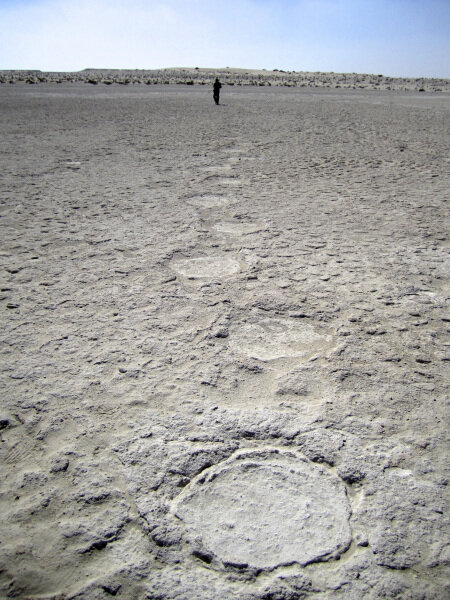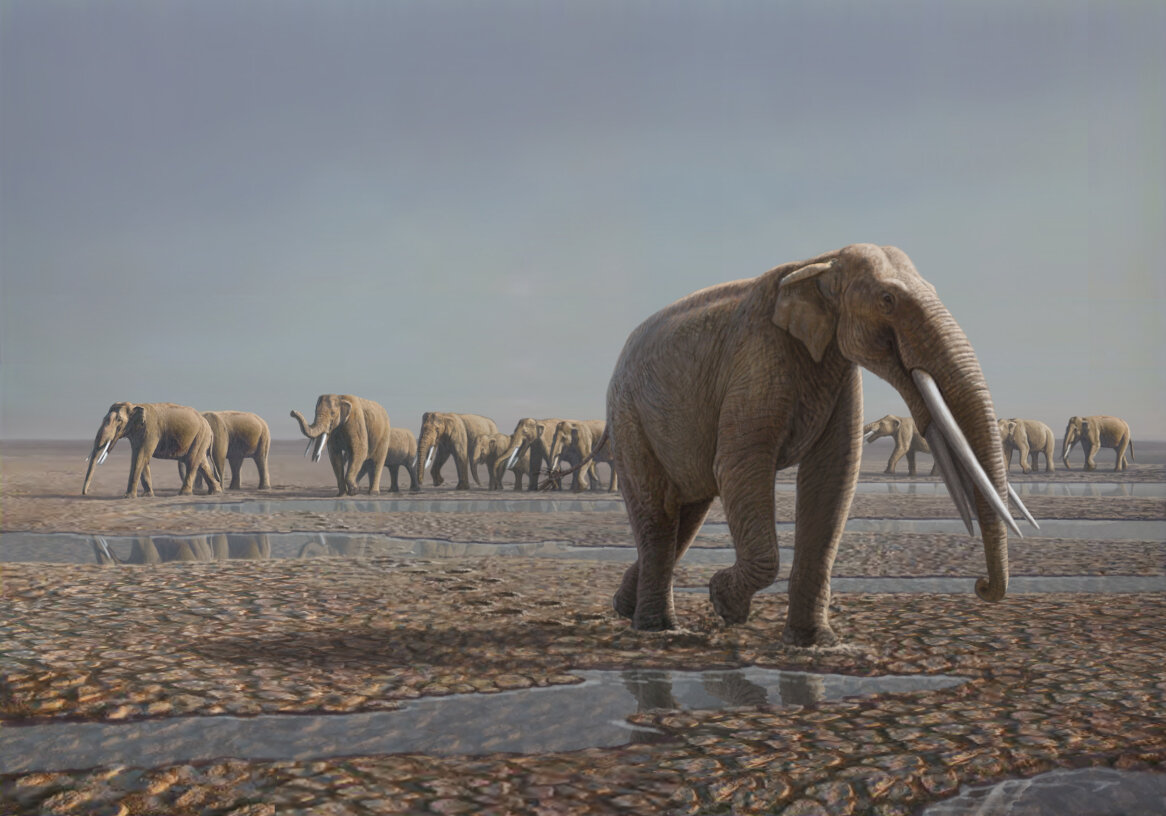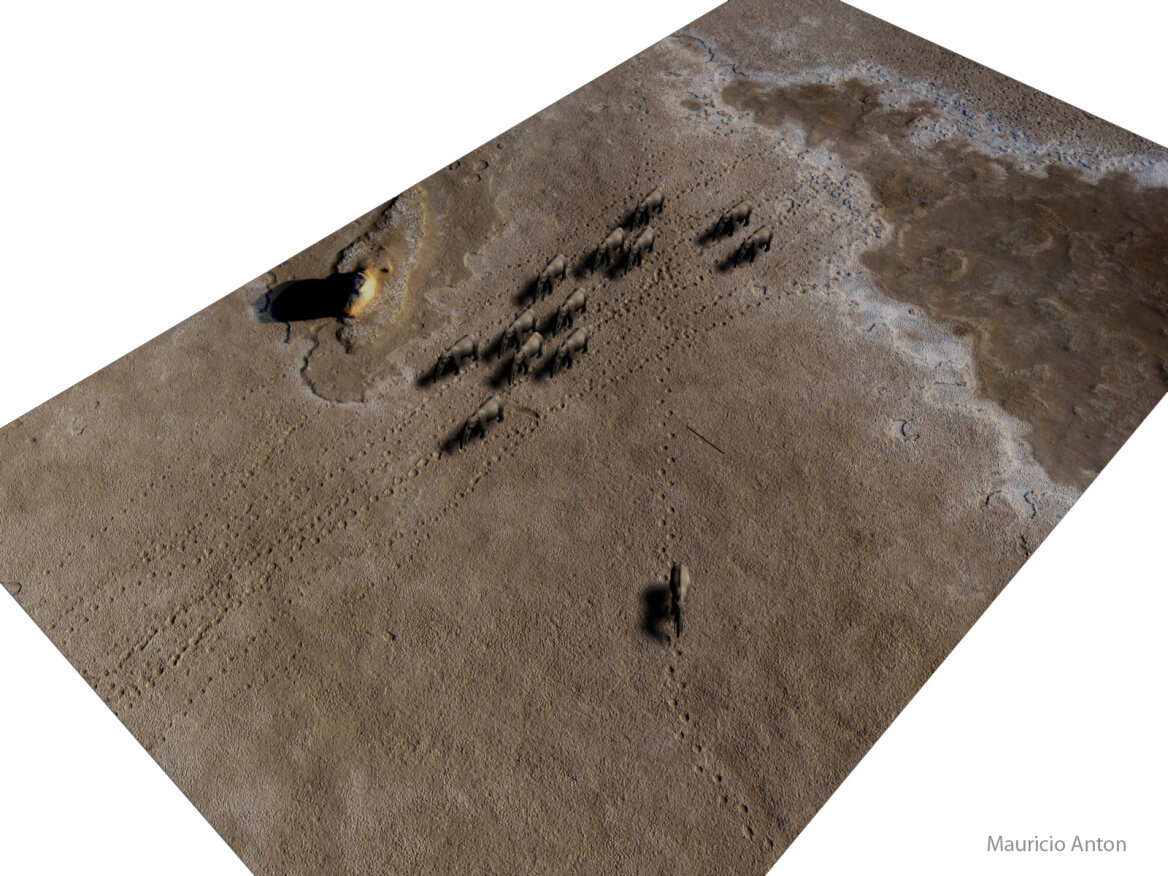Think of an avalanche, a fossil avalanche. The Siwalik range in north India has surely been hit by one. Forget dig, you don’t even have to scrape the soil’s surface. Massive cracked skulls, fractured tusks and giant fossil limbs are just tossed around on the hillside like chewed scraps of a jumbo feast.

A stegotetrabelodon, a type of four-tusked pachyderm from a family called gomphotheriidae. These were one of the 160 species of ancestral elephants that walked the earth after originating in Africa.
I was toeing palaeontologist Rajeev Patnaik along the origami of the Siwaliks. These fold mountains, pleated by the grinding of the Indian subcontinent against Eurasia, basically spike the eastern edge of Masol. That’s a farming hamlet just a 10 km-rickety ride from Chandigarh city in north India.
I was told that on this butterscotch-tinted trail we were likely to find bones of extinct proboscideans -- ancestors of the largest animal on land, elephants. Still, I was gobsmacked on sighting the fossils.

